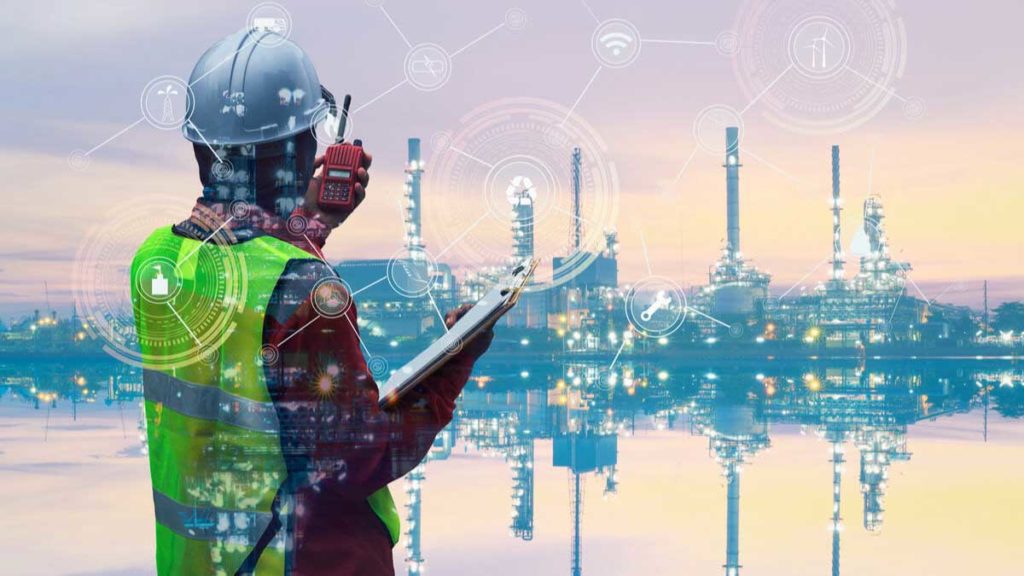IoT: shaping the construction industry

IoT has come a long way from the first ever experiment conducted by John Romkey in 1990. Using a humble toaster, he (successfully) demonstrated that the internet can control everyday objects. The simple yet profound experiment gave us a little glimpse of what a future with IoT in it, would look like.
IoT is a system of interrelated computing devices, mechanical and digital machines with the ability to transfer data over a network without the need for human-to-computer or human-to-human interaction. With the significant impact the internet has had on daily life, imagine the growing potential of interconnected devices that enable an integrated, safe and seamless flow of activity across sectors.
Safety first in construction
According to an article published in the Occupational Health & Safety website, The National Safety Council (NSC) estimates more than 4.6 million workplace injuries occur in the United States each year, which equates to one injury every seven seconds. And according to OSHA, one in five worker deaths are reported to be in construction. The construction industry is therefore recognized as one of the most dangerous fields to work in.
Companies can combine real-time data generated by IoT devices, such as wireless sensors and wearable equipment and GPS tracking – using Big Data to obtain key insights from Environment, Safety, Health and Quality (ESHQ) programs. Construction sites can use this information to modify and enhance safety program initiatives. By implementing a range of sensors – noise, vibration, motion – site managers can ensure better safety, predict and reduce the damage caused by natural disasters, and respond to on-site accidents promptly. These tools will not only enable close monitoring of workers but will help inspire change in working behaviour that may have contributed to overall risk.
Monitoring equipment
The risk of theft or loss of equipment and material is always present because there is no possibility of monitoring the construction site at all times. This problem can be solved by using IoT that are equipped with sensors to notify the current location of the materials or equipment. In other words, there is no need for the physical presence of a human being for supervision.
The benefits of IoT in construction:
- Predictive maintenance by giving the person insights about the latest status of every asset, it enables an improved efficiency in both management and maintenance.
- It provides more data to prevent disruptions from occurring and the system can notify owners about decreasing stock, materials and the condition of the surroundings.
- IoT can improve productivity by ensuring more efficiency and readiness. It reduces the workload for people and will reduce human error in workflow.
- Gives management the chance to work on generating new ideas to improve product delivery and customer satisfaction.
Although the ongoing coronavirus has caused a 15% drop in the net addition in IoT devices, studies expect for the future in this area to be very promising.
